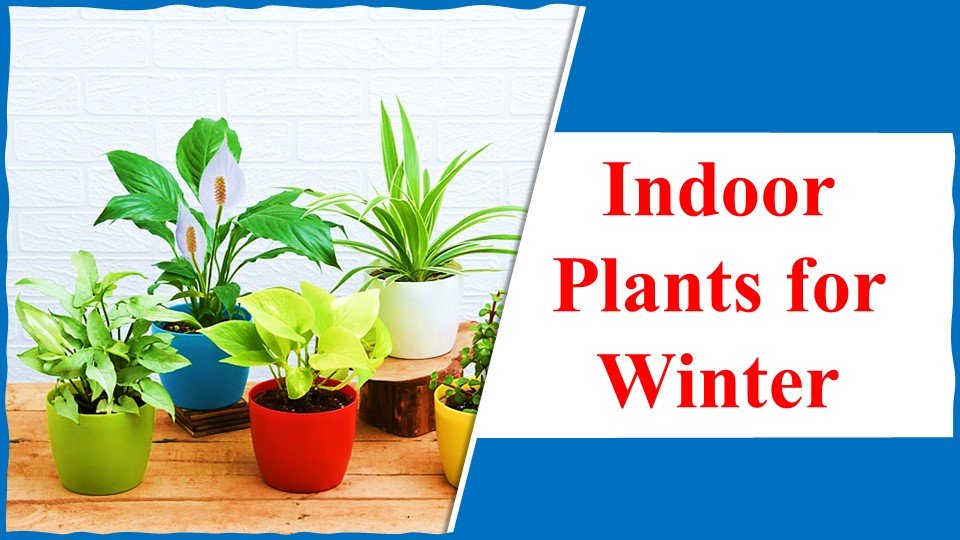Hey there fellow plant enthusiasts! It is that time of the year when the morning winds bring an extra chill, engendering a great reluctance in every human being to get out of their beds and get on with their daily routines. Days get shorter and foggy, and sunlight becomes a rarity. Yes, it’s the winter season. In this snowy and dim period, a little green is a sight to behold, invoking emotions of joy and calmness in the spectator’s mind. Setting up beautiful indoor plants for winter in your homes serves this purpose.
Winter is always a hard time for plants. It is a time when their resistance and endurance get tested. Tropical plants are greatly affected during the season. Bringing tropical plants indoors for winter might not be the best solution. Therefore, choosing the best indoor plants for winter should be a high priority for all plant enthusiasts. This topic of choosing good indoor plants in winter is what we will explain extensively in this article, and also on how to take care of them.
Top Indoor Plants for Winter
The Winter season, despite its snowy, calm, and chill movie depictions, is a challenging time for animals and vegetation alike. The low temperatures, dryness, and low photoperiods make it a strenuous time for plants to acclimatize. Most Indoor tropical plants struggle during this season. Therefore, it is essential to select the best indoor plants for winter and care for them.
In this article, we present you with a curated list of Top 10 indoor plants for winter. These plants not only add an aesthetic touch to your place, but they also encompass numerous benefits, such as improving air quality, reducing stress, and adding humidity to indoor environments. The top 15 best indoor plants for winter are:
1. Snake Plant
A prevalent indoor plant revered for its elegance and its health benefits. Its characteristic upright leaves make it a perfect component for any indoor space, adding an aesthetic touch.
Also known as Mother-in-Law’s Tongue, the snake plant is an excellent choice for winter as it can tolerate low light and requires minimal maintenance.
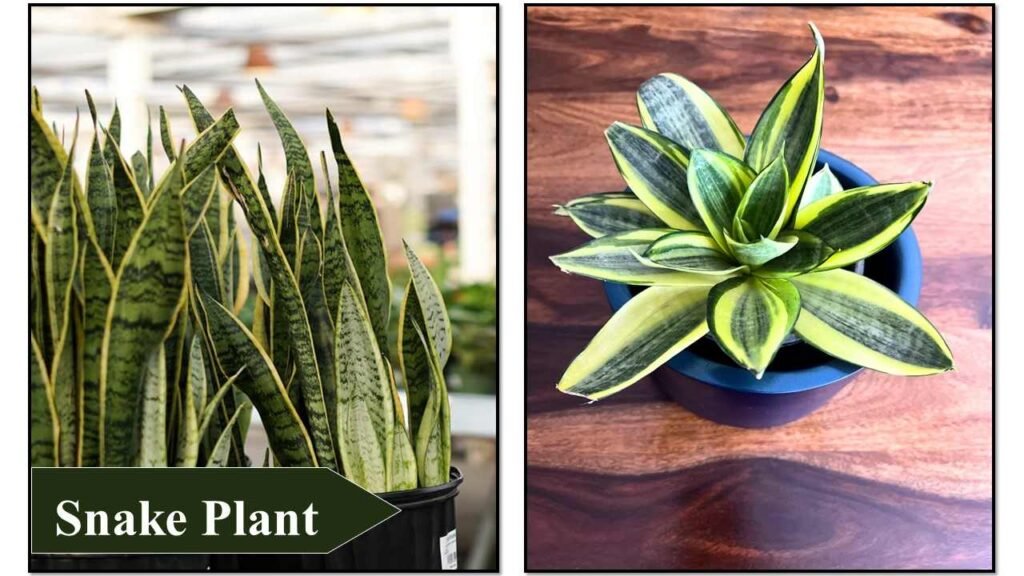
Benefits of Snake Plant
The leaves come in light green or dark green with yellow borders. They also possess horizontal patterns. They adapt well to low and medium light and require very little water. They are also known to have air-purifying abilities. These qualities make them the perfect indoor plant to grow not just in winter but all year long.
2. Peace Lily
One of the perfect indoor plants for winter, the peace lily is a very common indoor as well as outdoor garden plant. Akin to the snake plant, they too, are revered for their elegance and health benefits. One of the plant’s best features is its large, glossy white, oval leaves. They can thrive in low light conditions and require low maintenance. If you are growing Peace Lilies outdoors, then moving plants indoors for winter might be a good idea.
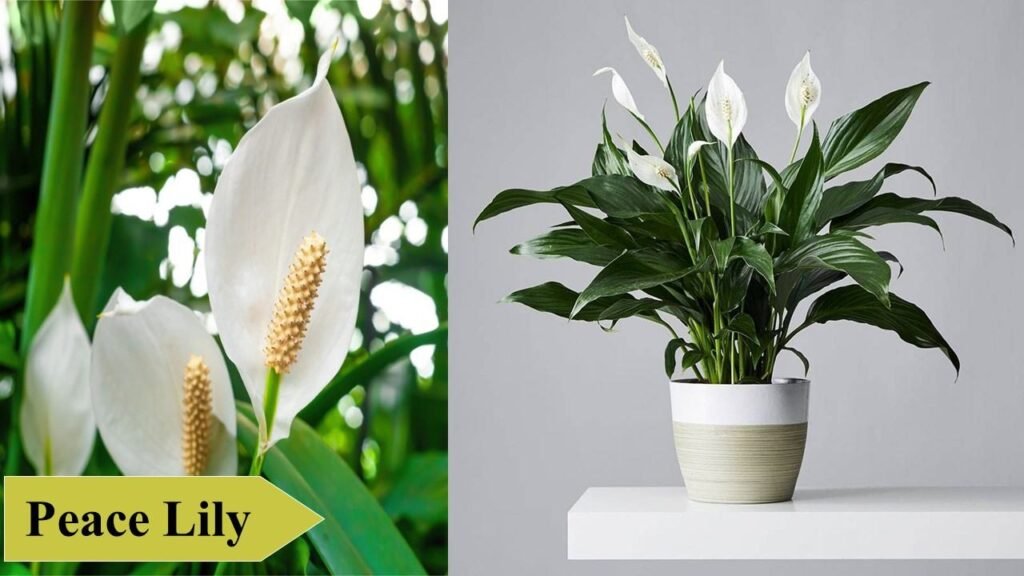
Benefits of Peace lily
Peace Lily is an air purifying agent. They help remove common indoor pollutants such as formaldehyde, benzene, and trichloroethylene. They are also known for increasing humidity, which can be beneficial during the drier winter months. Special care has to be taken while installing these plants indoors, as they are toxic to pets and may spur allergic reactions in some people. That aside, Peace Lily is one of the best Indoor plants for winter.
3. Spider Plant
The creepy name of these plants can be attributed to the shape of the leaves protruding from the soil, resembling a spider. Sometimes, when looked at certain angles, they seem scary enough to frighten a child. Despite its creepy nature, the spider plant is an easy-to-care-for indoor plant. Its long, arching leaves and ability to produce baby Spider plants called pups, make it a visually appealing addition to any room. These leaves are about 15 inches in length.
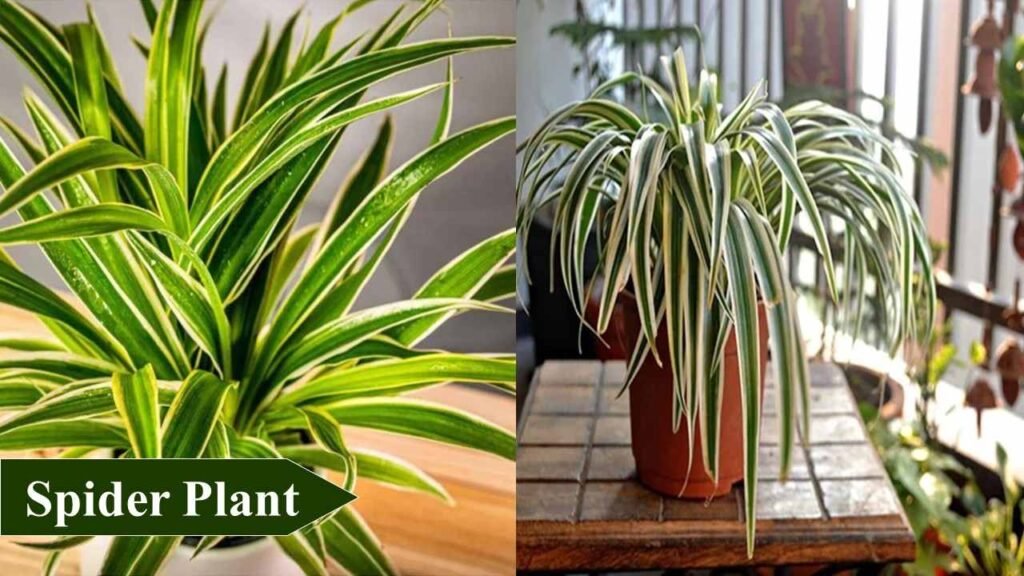
Benefits of Spider Plant
Spider Plants are tropical plants and require warm and humid climatic conditions for their perfect growth. In the case of growing indoors, extreme care should be taken to mimic these conditions. It will become crucial during the winter season. Therefore, bringing plants indoor for winter will be the best solution. Selecting suitable lights for indoor plants in winter is also crucial. This plant also helps in removing toxins from the air.
4. ZZ Plant
Also called Zanzibar Gems for their glossy-green leaves with a waxy coating, the ZZ plant is a durable and low-maintenance indoor plant that can tolerate extreme conditions. They are slow-growing plants that can thrive in low-light conditions. Therefore, for this plant, one does not have to worry about lights for indoor plants in winter. They can tolerate infrequent irrigations as they grow from rhizomes, which are structures that can store water.
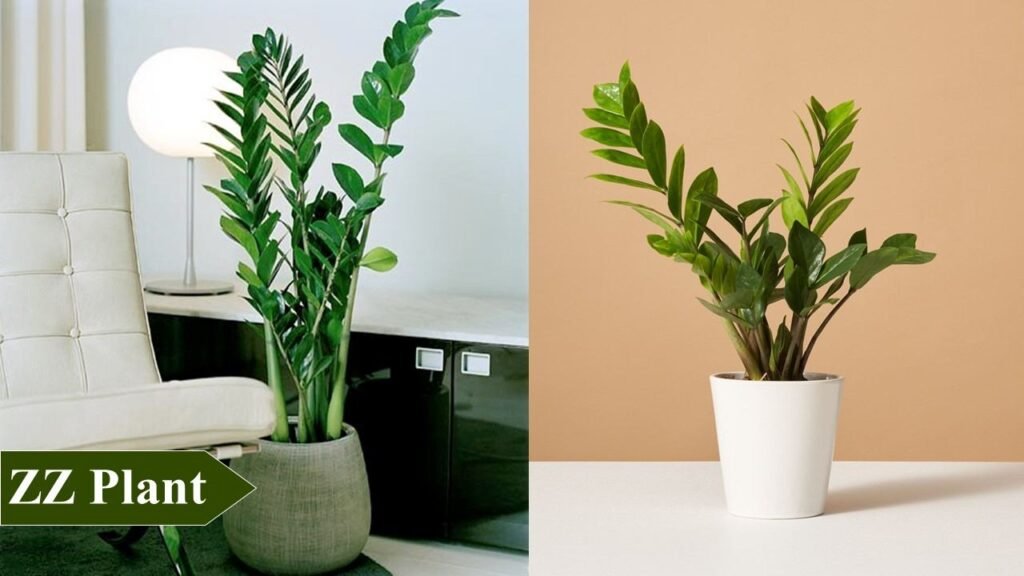
Benefits of ZZ plant
These plants are not suited for growing outdoors. However, they are a perfect addition to your rooms and offices due to their light-reflecting leaves that illuminate the rooms. Its glossy, dark green leaves add a touch of sophistication to any space, and its ability to thrive in low-light conditions makes it well-suited for the darker days of winter.
Read More:
5. Chinese Evergreen
Commonly called Aglaonema, it is one of the most popular indoor plants for winter. Aglaonema is a tropical perennial plant that is of Asian origin. They have large, narrow, attractive, variegated leaves of various color combinations. The most commonly found one is a mixture of dark and light green colors.
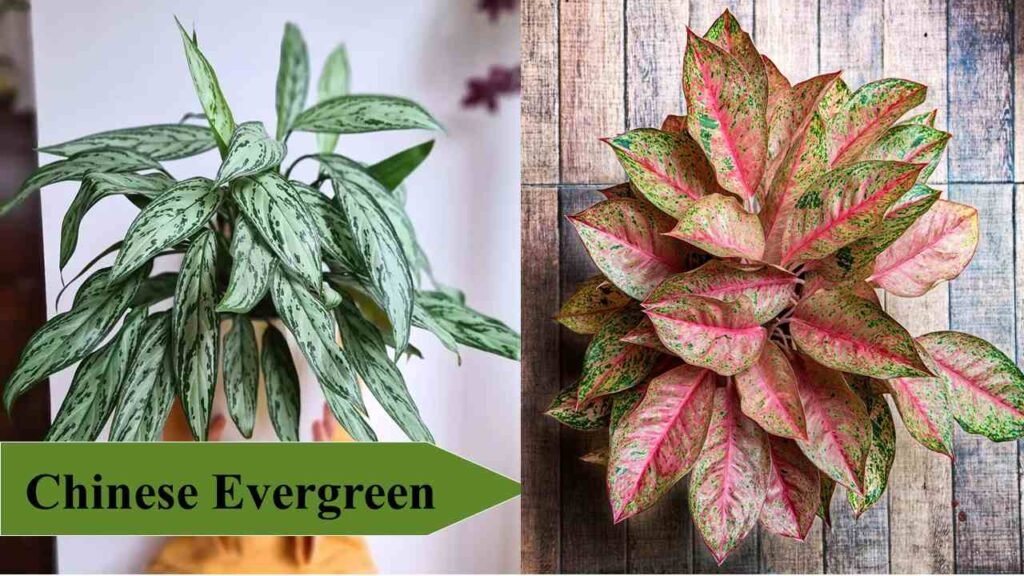
Chinese Evergreen’s Benefits
With its attractive variegated leaves showing tolerance for low light, the Chinese evergreen is an excellent choice for winter. It is a resilient plant that requires minimal care and can purify the air by removing toxins such as benzene and formaldehyde. Its ability to adapt to different light conditions makes it a versatile and attractive option for indoor spaces.
6. Pothos
The Pothos plant, also known as Devil’s Ivy, is a popular trailing plant among Indoor plants for winter. It is a tropical vine popularly seen trailing on walls of houses and office buildings. They have heart-shaped leaves with different color striations. The stems are herbaceous and show swift internodal lengthening, resulting in their explosive growth.
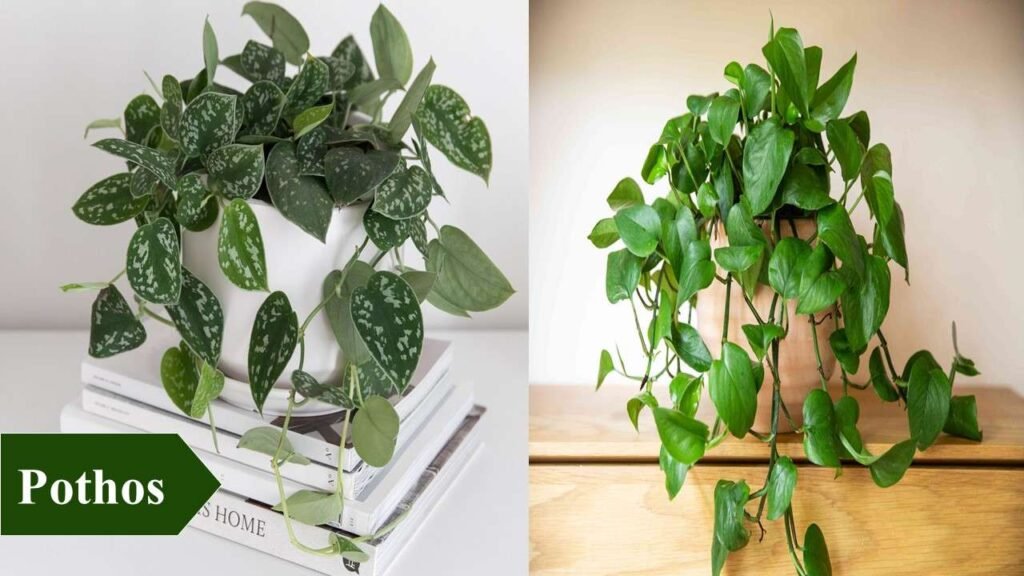
Benefits of Pothos
Pothos is an easy-care plant. It can tolerate low light and dry conditions making it a perfect choice for indoor plants for winter. They can thrive in low indoor plant lights for winter and do not require frequent watering. Adequate fertilizers can be used to enhance the growth of the plant.
7. Philodendron
The genus Philodendron houses numerous beautiful species of plants commonly referred to as Philodendrons. It is a classic indoor plant that comes in various varieties, such as heartleaf, split-leaf, and velvet leaf. Their leaves are large, spade-shaped, and glossy. They have herbaceous stems with the potential for fast growth.
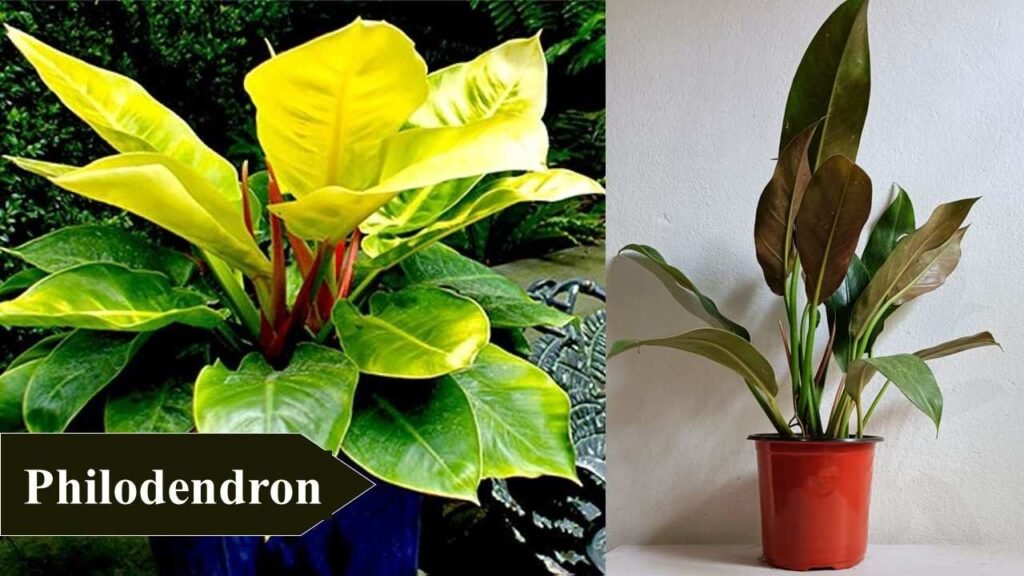
Benefits of Philodendron
There are climbing and non-climbing philodendrons. The climbers are fast growers, while the non-climbers are slow growers. They are toxic to certain animals and should be cared for. It is a tropical climber plant. Therefore, the best strategy for the winter season will be bringing tropical plants indoor for winter. Its lush green foliage adds a touch of tropical beauty to any indoor space.
Read More:
8. Cast Iron Plant
True to its name, the Cast Iron plant is extremely hardy and can tolerate, low light and neglect. It is an upright green plant that can thrive both outdoors and indoors. Its dark green leathery leaves add a touch of elegance to any room. The leaves generally arch downwards and can attain around 3-4 feet in length.
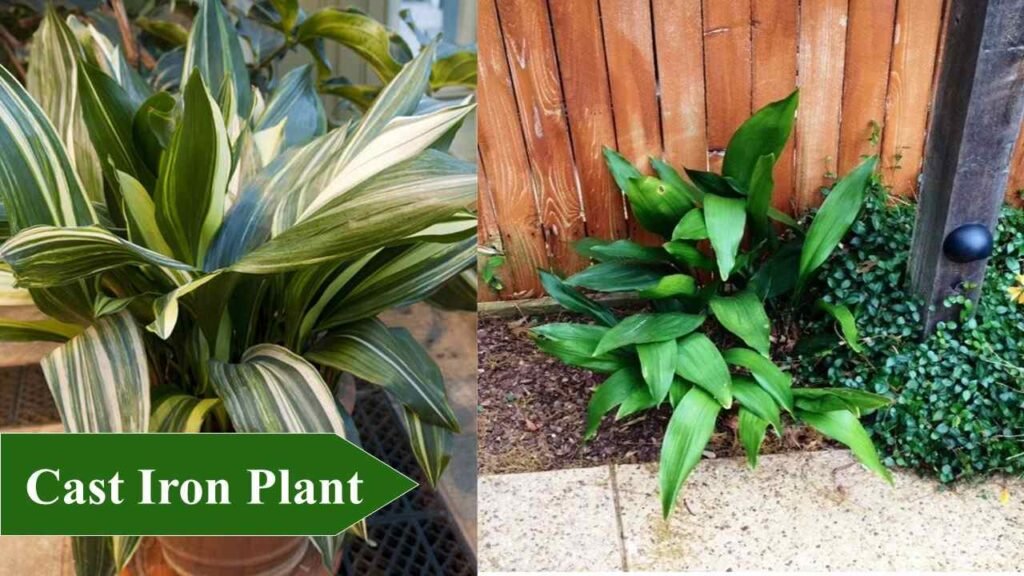
Benefits of Cast Iron Plant
It is a very tough plant that can tolerate extreme climates as well as diseases and pest attacks. They can thrive well in various temperatures and light exposure levels. This plant is an excellent choice for those looking for a low-maintenance yet visually appealing indoor plant.
9. Rubber Plant
The rubber plant is a popular choice for indoor spaces due to its large, glossy leaves and its overall aesthetic feel. It is normally an outdoor plant growing up to 100 feet in length but the varieties developed for growing indoors only grow to six or seven feet tall. So if you are looking for bringing plants indoor for winter, this one should be considered.
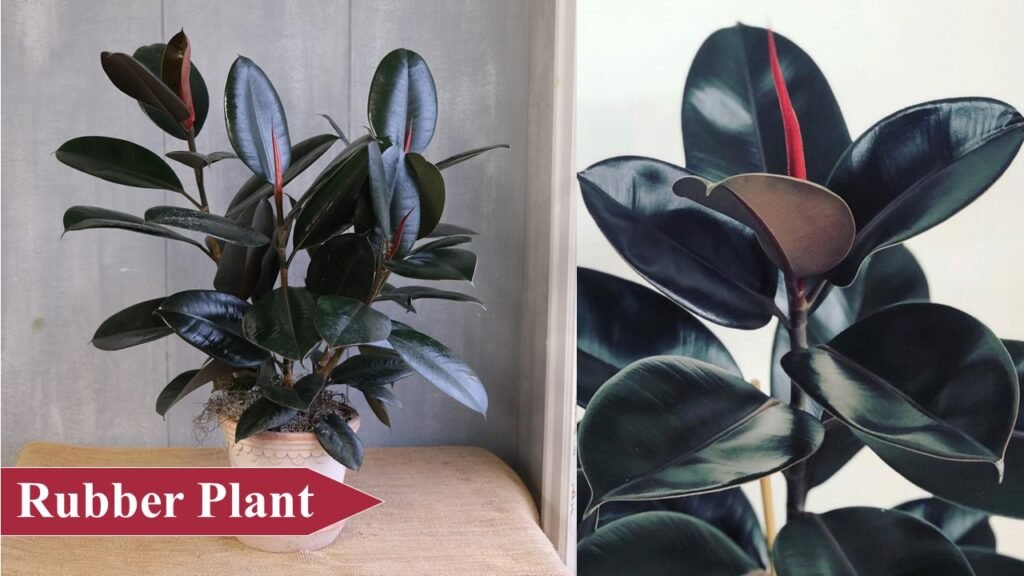
Rubber Plant’s Benefits
Rubber plants can thrive in low light conditions, similar to other indoor plants for winter in this list. It is a resilient plant that can withstand dry indoor air making, making it well-suited for the winter months. The rubber plant is also known for its air-purifying properties, making it a beneficial addition to any home.
10. Aloe Vera
Aloe vera is a versatile indoor plant known for its medicinal properties and easy-care nature. It thrives in bright, indirect light and requires minimal watering, making it a great choice for the winter season. It is a tropical perennial plant having fleshy leaves that contain a special gel with a multitude of uses. Multiple fleshy leaves arise from the common base or rosette that have pointy ends.
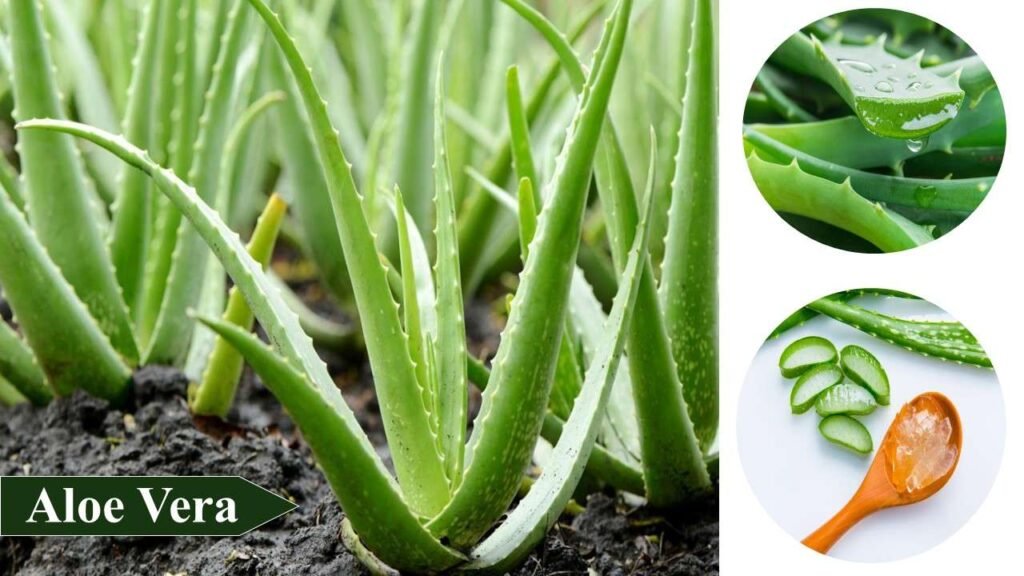
Benefits of Aloe Vera plant
Aloe vera’s soothing gel can be used to treat minor burns and skin irritations, adding a functional aspect to its decorative appeal.
11. Jade plant
Also known as the Crassula plant, the Jade plant is a revered succulent indoor plant. It is a very short plant and a slow grower, gaining only about 1 to 2 inches in a year. However, this plant has a 70-year life expectancy period. They have small, oval-shaped, glossy-green leaves fixed to a short, thick stem.

Jade Plant’s Benefits
They are easy-to-care plants with minimal maintenance. They can thrive in warm and cold seasons alike with little maintenance. There is no reason to fret about lighting and irrigation for this plant.
12. Purple Heart
Securing a twelfth position in the best indoor plants for winter is a great addition to your garden’s hanging pots. Named after its purple-colored stem that ensconces a beautiful pink flower at the tip, this is a beauty that’s hard to resist.
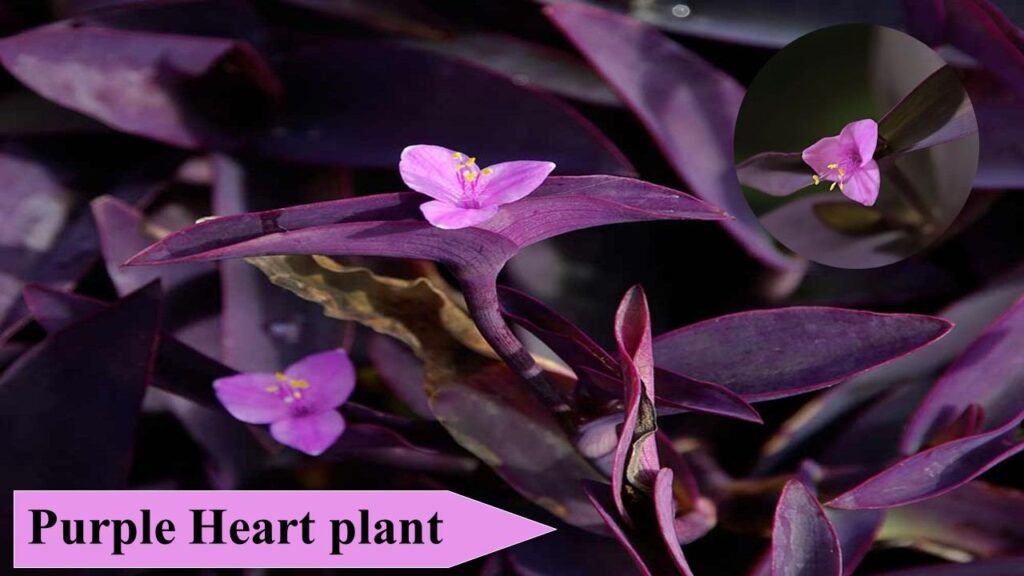
Benefits of Purple Heart
The biggest advantage of this plant is its quick adaptation to warm and cold environments. It can also grow well in partial shades. This beauty is a great addition to indoor spaces.
13. Cyclamen
It is a perennial indoor plant for winter with beautiful flowers. The flowers of Cyclamen come in different colors like red, pink, and white. They have exquisite heart-shaped, silver-tinted leaves.
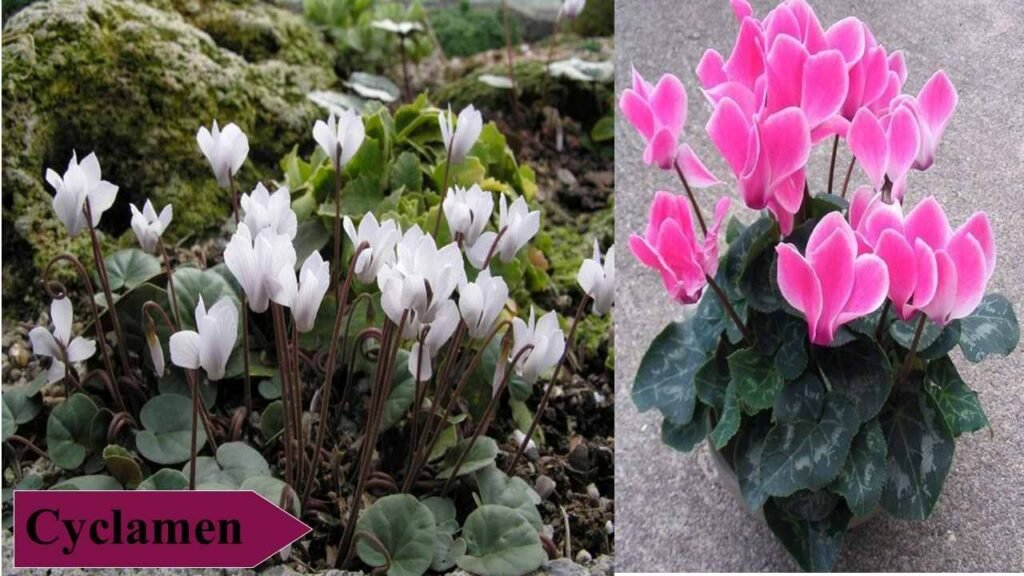
Cyclamen’s Benefits
The plant blooms in the winter season making it a perfect addition to indoor plants for winter. The scented flowers act as room freshening agents.
14. Snowdrops
These are the perfect addition to your winter garden because of their small, white flowers that resemble snowfall. These are short plants where the flower blooms at the tip of the stem and bends down. The flower has three white petals attached to the sepal.
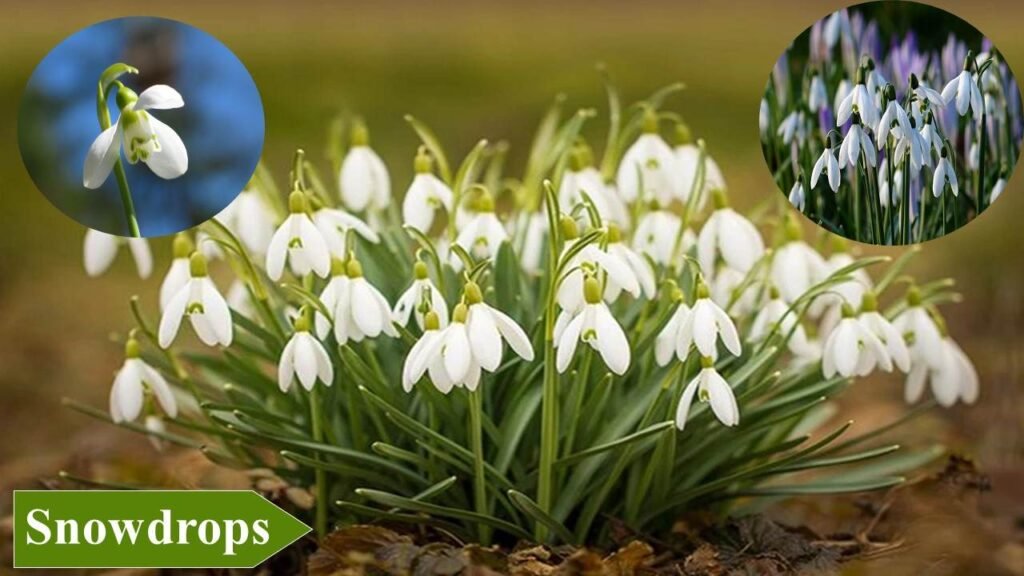
Snowdrops’s Benefits
These indoor plants for winter require little to no maintenance and can be grown both indoors and outdoors. They are less prone to insect and pest attacks and are also rarely affected by diseases. Their beautiful white flowers are all that’s needed to elevate your moods during hard times.
15. Anthurium
Occupying the final spot in the list of best indoor plants for winter is the ubiquitous Anthurium. A very popular plant that is found in almost all house gardens, it is also a prevalent indoor plant. They are known for their commonly red-colored spathes attached to red or yellow-colored spikes.

Benefits of Anthurium
They can purify air, making it free of pollutants like Xylene, Formaldehyde, etc. In this way, they also help in getting rid of foul odor. They are also scientifically proven stress reducers.
List of Indoor Plants
| Sl.no | Common name | Botanical name | Origin | Plant type | Soil type |
| 1 | Snake plant | Sansevieria trifasciata | West Africa | Evergreen perennial | Sandy, well-drained |
| 2 | Peace Lily | Spathiphyllum spp. | Central America, Asia | Perennial | Well-drained |
| 3 | Spider plant | Chlorophytum comosum | Central and Southern Africa | Herbaceous perennial | Loamy, well-drained |
| 4 | ZZ plant | Zamioculcas zamiifolia | Africa | Perennial | Well-drained |
| 5 | Chinese Evergreen | Aglaonema commutatum | Asia | Herbaceous perennial | Well-drained |
| 6 | Pothos | Epipremnum aureum | Asia | Vine | Moist but well-drained |
| 7 | Philodendron | Philodendron spp. | Central and South America | Perennial | Loamy, well-drained |
| 8 | Cast Iron plant | Aspidistra elatior | Asia | Perennial | Well-drained |
| 9 | Rubber plant | Ficus elastica | South East Asia | Perennial | Well-drained |
| 10 | Aloe Vera | Aloe barbadensis miller | Arabian peninsula | Evergreen perennial | Sandy, well-drained |
| 11 | Jade plant | Crassula ovata | Africa | Succulent perennial | Well-drained |
| 12 | Purple Heart | Tradescantia pallida | Mexico | Perennial | Moist, well-drained |
| 13 | Cyclamen | Cyclamen persicum | Mediterranean | Perennial | Loamy, moist |
| 14 | Snowdrops | Galanthus nivalis | Asia, Europe | Bulbous perennial | Loamy, sandy, well-drained |
| 15 | Anthurium | Anthurium spp. | The Americas | Herbaceous perennial | Well-drained |
That sums up the list of the top 15 best indoor plants for winter. As the primary task of selecting indoor plants for winter is complete, let us move on to the next step, which is caring for these indoor plants for winter.
Read More:
How to Care for Indoor Plants for Winter
While the indoor plants mentioned above are resilient, they still require proper care to thrive during the winter months. Here are some tips to care for indoor plants for winter
Light
Indoor plant lights for winter are crucial for the growth of these plants. Position plants near windows to maximize natural light intake. This is something that should be considered while moving plants indoor for winter.
Watering
Be mindful of overwatering, as winter conditions often lead to slower water evaporation. Check the soil moisture before watering and adjust the frequency depending on the plant’s specific requirements.
Humidity
Consider using a humidifier to maintain adequate humidity levels, especially for plants that prefer higher moisture in the air, such as peace lilies and Chinese evergreens.
Temperature
Keep indoor temperatures consistent and avoid placing plants in drafty areas or near heat sources, as sudden temperature fluctuations can stress the plants.
Soil
Use a well-draining potting mix to prevent water-logged roots, which can be a common issue in the winter due to reduced evaporation rates.
Maintenance
Regularly dust the leaves to keep them clean and free from dust, which can hinder the plant’s ability to absorb light
Conclusion
Incorporating indoor plants into your home during the winter months can bring a sense of life and vibrancy to your living space. The top 10 best indoor plants for winter listed above are not only beautiful and visually appealing, but they also offer numerous benefits, such as air purification, humidity regulation, and stress reduction. Whether you are looking for low-maintenance options for plants that can thrive in low-light conditions, there is a wide variety of indoor plants to choose from that will thrive and brighten up your home during the winter.
Latest Post
- Top 10 Agricultural Drone Companies in India
- December Issue 2025- Times of Agriculture Magazine
- November Issue 2025- Times of Agriculture Magazine
- Punjab & Sind Bank Introduces Special Program to Support Food and Agro-Processing Sector
- Beyond Classrooms and Gardens: How a Professor Turned His Passion into Purpose
- October Issue 2025- Times of Agriculture Magazine
- Top 10 Pesticide Companies in the World
- September Issue 2025- Times of Agriculture Magazine
- Top 15 Fertilizer Companies in the World


